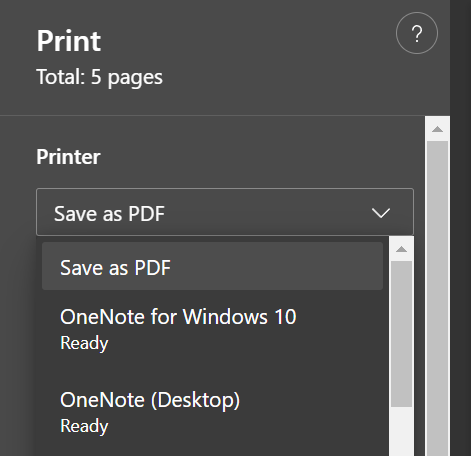Community-based Early Warning Systems (CBEWS)
Flood Forecasting and Warning System for River Basins
Climate Adaptation Effectiveness
Community-based EWS is effective in minimizing damage and casualty but results are best observed if the lead time is longer to allow for better preparation of the community. For the river basin approach, a longer lead time would greatly benefit the downstream communities as they are the most vulnerable [2].
Climate Hazards
- Rain-Induced Flooding
Locations
- Surigao del Norte, Region XIII (Caraga Region)
- Surigao del Sur, Region XIII (Caraga Region)
- Leyte, Region VIII (Eastern Visayas)
- Southern Leyte, Region VIII (Eastern Visayas)
- Cavite, Region IV-A (CALABARZON)
- Laguna, Region IV-A (CALABARZON)
- Northern Samar, Region VIII (Eastern Visayas)
- Zambales, Region III (Central Luzon)
Adaptation Sectors
- Disaster Risk Reduction
CCET Instuments
- Action Delivery
Target Group based on Vulnerability
Basic Sectors:
- Artisanal Fisherfolk
- Children
- Farmers and Landless Rural Workers
- Formal Labor and Migrant Workers
- Indigenous Peoples
- Persons with Disabilities
- Senior Citizens
- Urban Poor
- Women
- Workers in the Informal Sector
- Youth and Students
Evaluations
Economic / Financial Effectiveness
This type of EWS is an inexpensive way of delivering warnings which allows active involvement from the community in planning the response to disasters. However, there is difficulty in maintaining these community-based EWS due to the lack of support from municipal leaders. The LGU is responsible for the maintenance of the EWS and training of the watchers. But the lack of incentive and low monthly compensation (Php 800 and cellphone load), disrupts the ability of the watchers to perform their tasks well. The current source of funds for the compensation of the watchers are from the barangay funds [1]. A joint memorandum from the Department of Budget Management and the Department of the Interior and Local Government in 2003 allowed for the use of the local calamity fund to maintain disaster risk reduction projects but not many LGUs are aware of this memorandum. Calling for volunteers is also suggested to reinforce the low number of watchers needed to monitor the river water levels [1].
Technical Feasibility
The river basin approach installs rain gauges and water level monitoring systems in different areas of the river basin. The areas are identified through a detailed site survey and entails the measurement of the river capacities to establish flood warning levels. Training and seminars are then conducted for the barangays located in each river basin. The watchers are provided with warning equipment and they have access to communication systems to contact each other. Watchers also man the communication system linked to regional monitoring centers of PAGASA. In order to make sure that all of the members of the community are aware of the actions to be executed during different warning levels, drills are conducted [1].
Social Acceptability
Community-based EWS is widely accepted by the community due to its significant contribution to disaster awareness and preparedness in the barangays [1].
Environmental Impact
There is no direct environmental impact for this solution.
Mitigation co-benefit
There is no direct mitigation co-benefit for this solution.
Keywords
early warning system, flooding, community-based, network of rain gauges, water level monitoring, watershed approach, community-based EWS, flood early warning system; community-based flood early warning system
References
